Nutritionist Reveals the 7 Biggest Mistakes You Are Making on Mounjaro
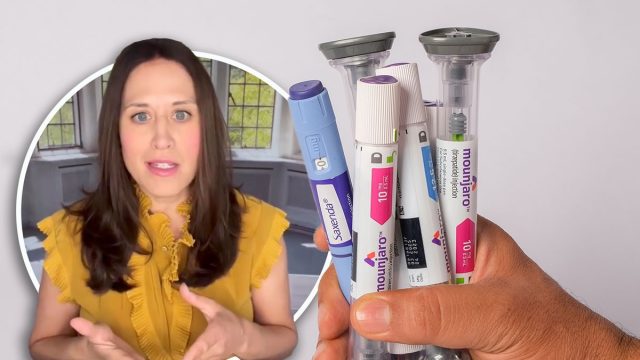
Are you taking, or planning to go on Mounjaro or another similar weight loss drug? If the answer is yes and you want to maximize weight loss, there are a few common mistakes to avoid. Kristin Kirkpatrick, MS, RDN, is a Dietitian at the Cleveland Clinic Department of Wellness and Preventive Medicine. We asked her about the most common missteps people make on weight loss drugs, and here is what she told us.
Mistake 1: Not Designing Your Meals Around Protein
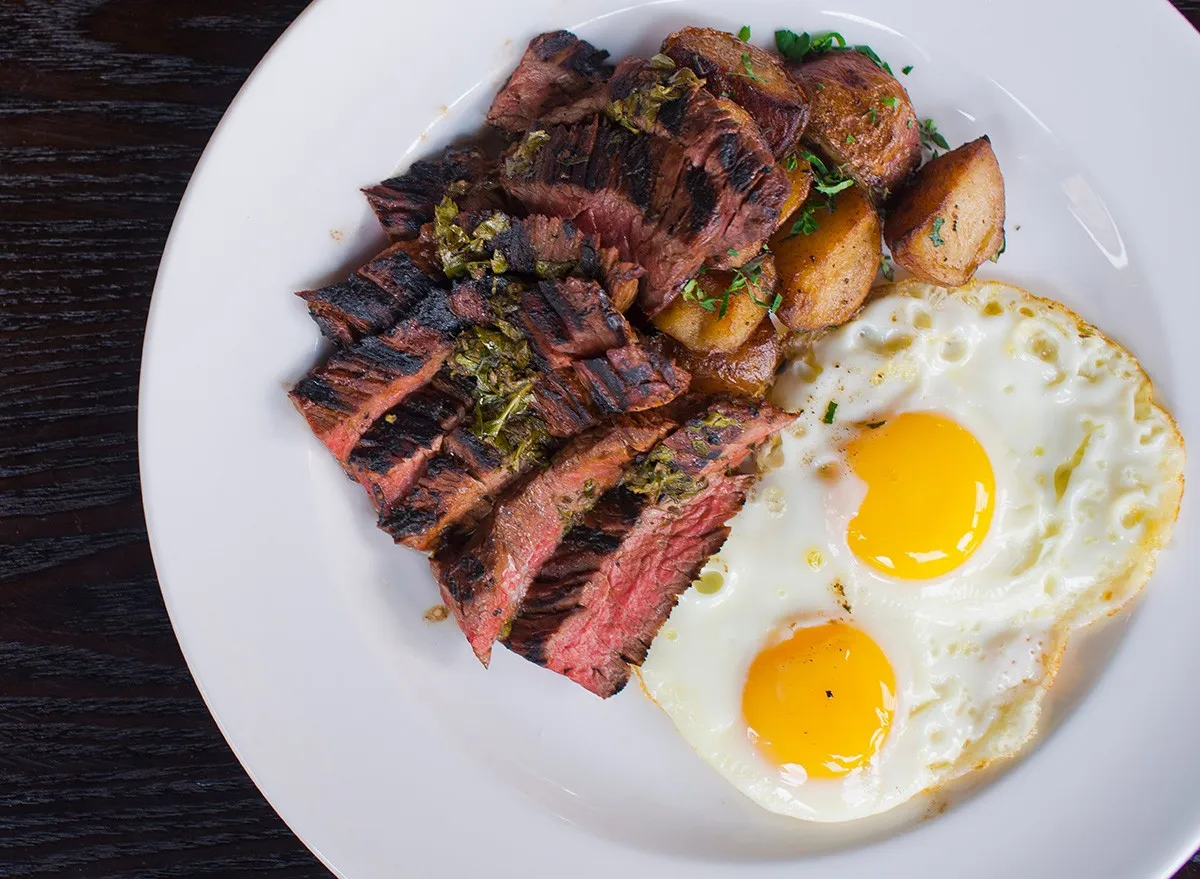
Not optimizing protein at every meal is the next mistake. "Meeting protein needs while on GLP-1s is critical. That's because studies show an associative risk of loss of lean muscle when these drugs are taken. Adequate protein intake may offset this risk. One way to ensure this is to find ways to add protein to every meal and snack. For example, adding beans and lentils to salads, having grilled chicken or fish as a main dish, or adding protein-abundant food (like hemp seeds for example) as a garnish to foods like oatmeal and yogurt," she says.
RELATED: 15 Things to Know Before Requesting Ozempic for Weight Loss
Mistake 2: Forgetting About Supportive Supplementation
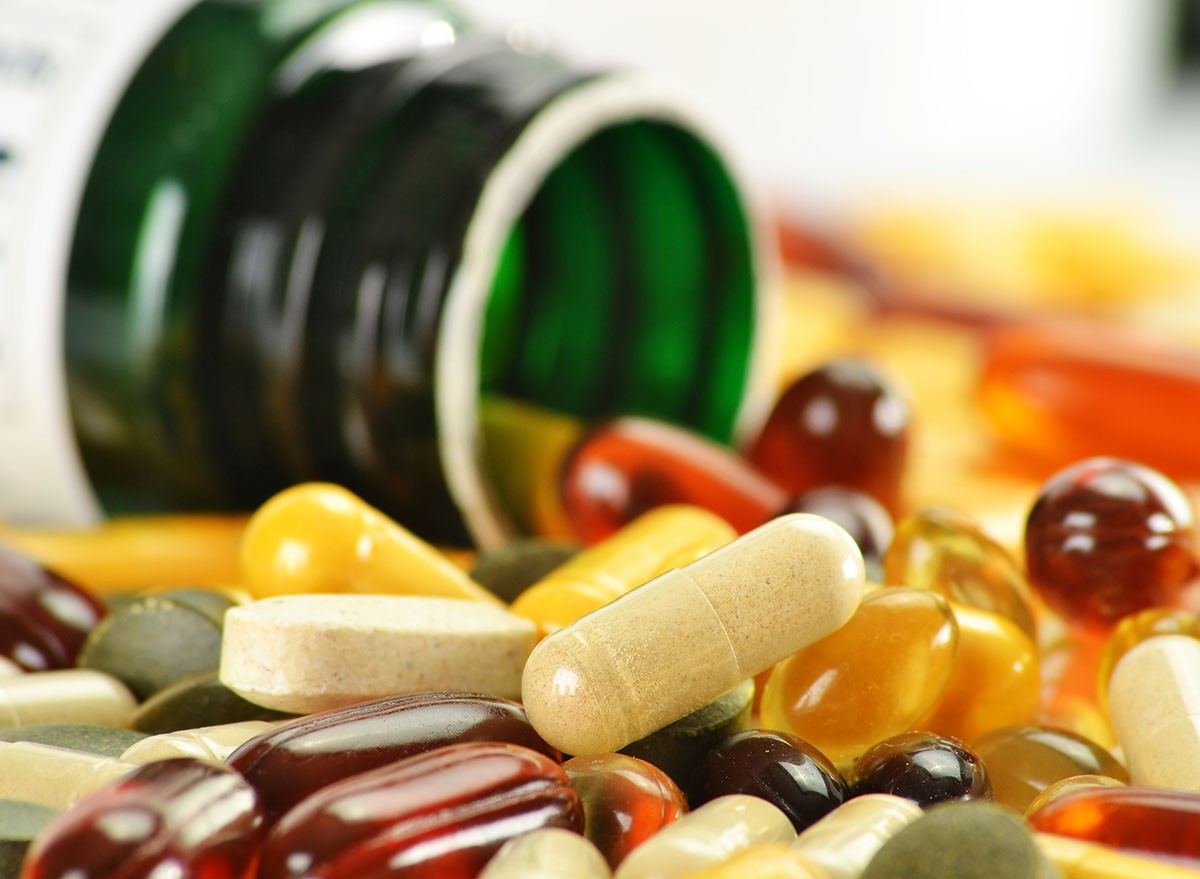
Forgetting about supportive supplementation is mistake two. "In addition to protein, the right supplements may also help with optimizing muscle mass," she says. "Creatine has been shown to assist in both muscle maintenance and growth. I recommend Creatine Hydrochloride (HCl) to my patients as this version can minimize side effects like gastric distress with greater bioavailability."
Mistake 3: Downplaying Side Effects
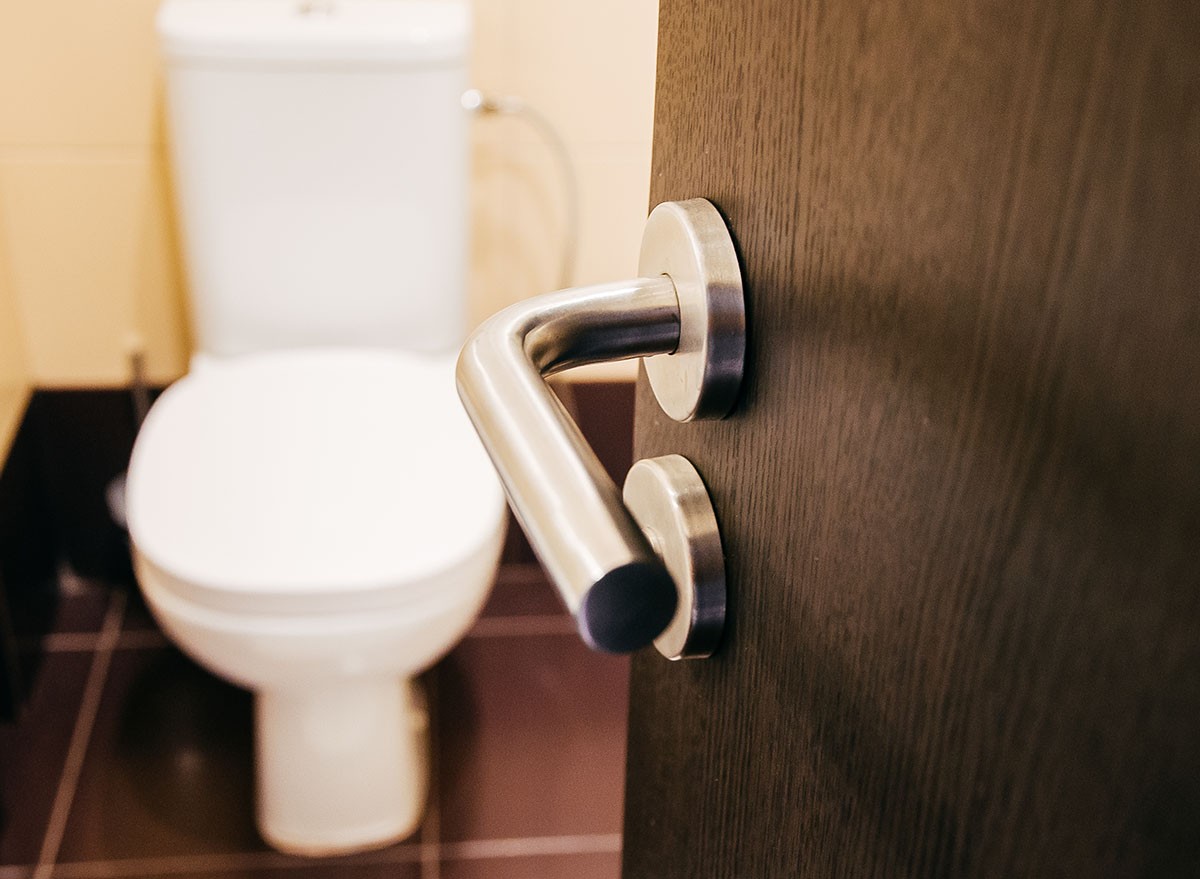
Downplaying side effects such as constipation is another common misstep. "Many of my patients tell me they have no side effects, except for constipation…so nothing to worry about. But chronic constipation is something that should be discussed with your physician so that a remedy, such as higher fiber content, can be started," she says. "Keeping bulk moving through the system is essential for a healthy microbiome and reduced risk of hemorrhoids, bowel obstructions, certain cancers, and diverticulitis."
RELATED: 20 Possible Ozempic Side Effects
Mistake 4: Only Focusing on Cardio
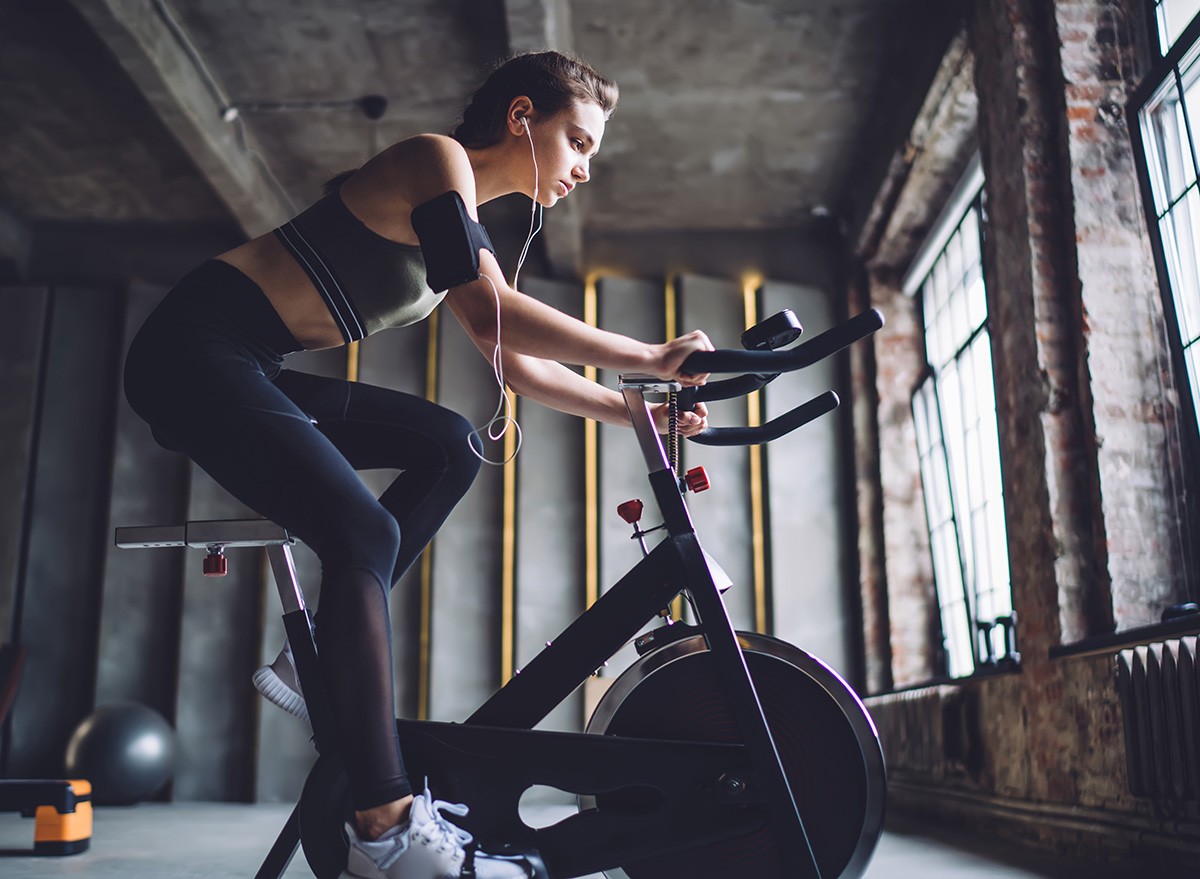
Mistake four? Only focusing on cardio. "Cardio has many benefits, including reduced risk of heart disease and cancer, and better brain health. But if you're not doing any resistance training alongside cardio, then you're missing out on maintaining and building muscle mass," she says.
Mistake 5: Neglecting Good Sleep

Neglecting good sleep is a bad idea if you're trying to lose weight. "If your goal for lifestyle change only focuses on what you eat and how much you move, you're missing a big component of the wellness wheel," she explains. "Adequate sleep is an important aspect of better health, and neglecting sleep quality can lead to risks associated with brain, heart, and metabolic health. Sleep deprivation may also be associated with worsening mental health."
Mistake 6: Doing It on Your Own

Doing it on your own can seem empowering, but Kirkpatrick doesn't recommend it. "If you are utilizing a GLP-1 prescription medication and expecting to do everything right on your own, think again. A dietitian or other health care provider with knowledge of these medications can help work with you on dietary patterns, overall supplementation, side effects, regular laboratory work, and ultimately, the off-ramp (when and how you wean off the medications once your goals are met). The keys to success lie in a multidisciplinary health care team to help you find your best success," she says.
RELATED: What Happens to Your Body When You Stop Taking Ozempic
Mistake 7: Using the Scale as Your Measure of Success
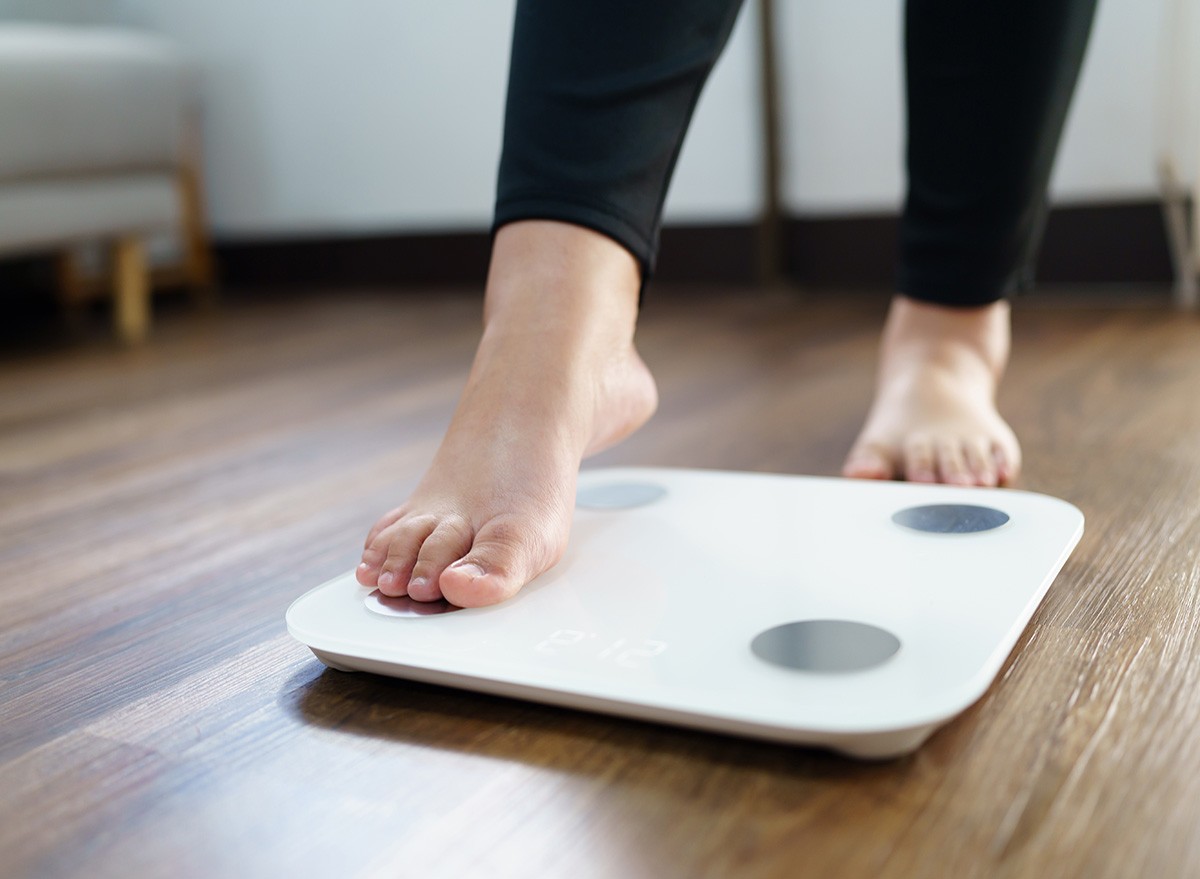
Using the scale as your measure of success is the final mistake people make. "Hitting a goal weight might not mean much if your metabolic number (think lipid and blood sugar, for example) numbers are not being tracked as well," she says. "Additionally, the scale really tells you only the amount of everything that makes up you, but nothing about how much muscle-to-fat you have, for example. Focus on the right numbers means focusing on better health." And if you enjoyed this article, don't miss these 8 High-Protein Foods with Nearly Zero Calories That Melt Fat.




